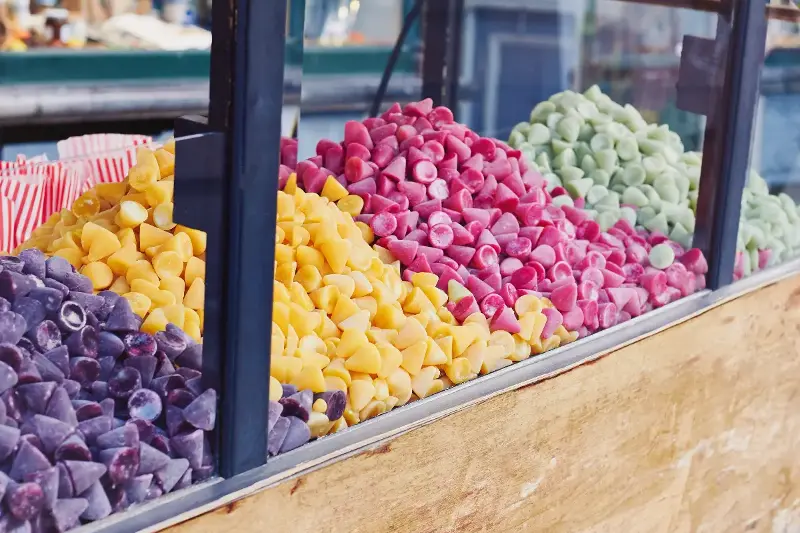Few nations have wielded soft power through sweetness quite like Belgium. Whether you’re sprinting for a flight at Brussels Airport or scrolling social media, Belgian waffles, speculoos, and cuberdons aren’t just treats—they’re ambassadors. Over decades, these icons have woven themselves into global hearts, airport duty-free shelves, and, irresistibly, our Instagram feeds.
Waffles: More Than Just Batter and Iron

The Belgian waffle’s rise from local delight to international superstar is nothing short of spectacular. With their golden grids and fluffy interiors, these waffles began as street food centuries ago—today, they’re the centrepiece of breakfast menus in New York, Tokyo, and beyond. Each crisp bite is a bridge across borders, inviting us to connect over shared pleasures.
What sets Belgian waffles apart? It’s all about the texture: thick yet light, crisp outside yet melting within. Served with whipped cream, chocolate drizzle, or ripe berries, they become canvases for creativity and comfort alike. Their photogenic appeal helps too—the hashtag #BelgianWaffle sits atop thousands of drool-worthy posts, proof that beauty and flavour together can win over global foodies.
Speculoos: Spices, Stories, and Spreadable Magic

Step aside, peanut butter. The spiced biscuit known as speculoos is taking the world, and the internet, by storm. First baked in Flanders for St Nicholas’ Day, speculoos is infused with cinnamon, nutmeg, and a hint of caramel, making it uniquely aromatic and addictive.
Thanks to a Belgian baker’s innovation, speculoos morphed into a creamy spread, suddenly transforming breakfast routines from Beijing to Bogotá. It evokes nostalgia for European bakeries and excitement for new culinary adventures. It’s not just about taste, but tradition—their intricate stamped designs often tell stories, making each biscuit a mini work of art.
On Instagram, speculoos lattes and “cookie butter” cheesecakes light up food blogs and travel stories. In airports, jars of the spread stand as edible souvenirs that let travellers bring a slice of Belgium home, fostering connections one toast at a time.
Cuberdons: The Sweet Secret of Flanders

Seen those mysterious, jewel-toned purple cones in Belgian shop windows? Meet cuberdons, the “Little Noses” of Ghent. Their hard shell encases a gooey raspberry centre—a delightful surprise for uninitiated palates.
Unlike waffles and speculoos, cuberdons are stubbornly local, rarely exported due to their short shelf life. This only adds to their allure. For many, tasting your first cuberdon in Belgium is a rite of passage, a sweet initiation into local culture. Airport duty-free shops now feature them, letting travellers enjoy this hidden gem far from its birthplace.
Photogenic by nature and shrouded in a hint of mystery, cuberdons have begun appearing in travel reels and foodie accounts. Their unusual texture—a crisp bite giving way to a sudden burst—makes them a memorable sensory adventure.
Why Belgium’s Sweets Continue to Win Hearts
What unites these treats on the global stage? It’s more than sugar and spice. Belgian confections offer a unique blend of:
- Cultural heritage—every bite tells a story steeped in centuries of tradition.
- Visual appeal—perfect for sharing online and sparking curiosity.
- Emotional comfort—reminding us of journeys taken and those yet to come.
Each product is a passport—one that, rather than stamped, is savoured.
Belgium’s mastery of sweet diplomacy highlights the power of food to transcend borders and bring people together. The next time you’re in an airport, scrolling your phone, or planning a new culinary experiment at home, pause for a moment with a Belgian treat. What stories might unfold if we followed our tastebuds to corners of the world we’ve yet to discover?
